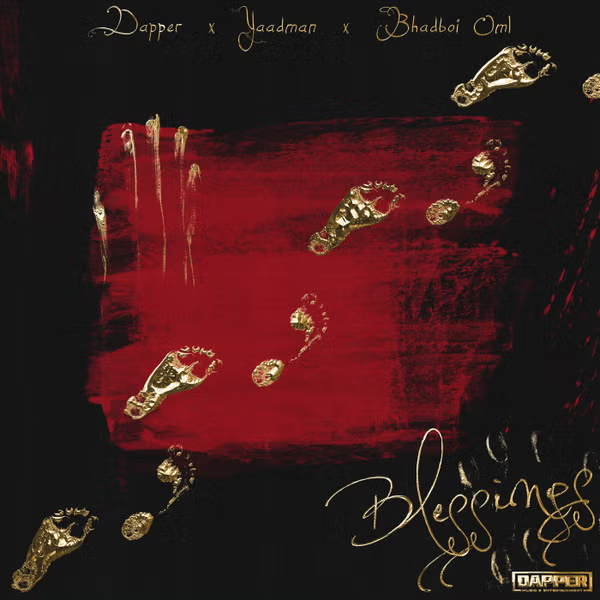The inspiration for Spotted Lake’s name is clear: the lake, located in British Columbia, bears a distinctive polka-dot pattern.
But it doesn’t always look like that; each summer, Spotted Lake slowly evaporates to form those dots.
Over the summer, as the sun beats down on the dry Okanagan and Similkameen valleys in British Columbia, anyone passing by on the
highway can witness a lake’s extraordinary transformation. As water evaporates from the lake, it appears to don a seasonal leopard print — not made of fur, but of minerals, which materialize in colorful spotted pools.
This kidney-shaped lake, which is half-a-mile long and five football fields wide, is known to Canada’s Okanagan First Nations people as “Kliluk” after the minerals they’ve used in healing ceremonies for thousands of years. More recently others have called it “Spotted Lake” or “Polkadot Lake.” Minimal life survives in the lake’s super salty conditions, which is why, along with a particular set of minerals, it’s been described as a terrestrial analog for ancient Martian lakes.
The pattern is the result of a unique mineral concentration that scientists believe is similar to the makeup of ancient Martian soil. It is incredibly salty and gets no water from any rivers or streams, wh
ich also plays a part in this lake’s strange appearance. Each individual “spot” can be a different color based on what minerals are inside, so the view can be quite breathtaking.
Like the Great Salt Lake in Utah or the Caspian Sea, Spotted Lake is endorheic. That means it’s contained within a closed basin, with no stream or river flowing out.






















![National Population Commission (NPC) Recruitment 2023 [Apply Now]](https://www1.illuminaija.com/wp-content/uploads/2023/03/Beware-of-Fake-Census-Ad-hoc-Recruitment-Link-350x250.jpeg)
